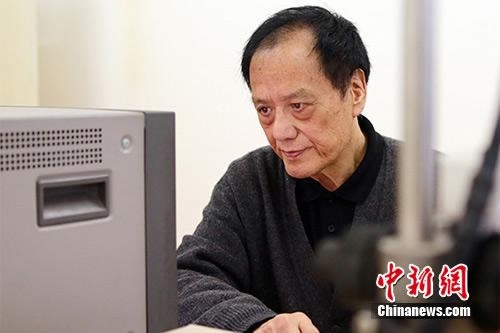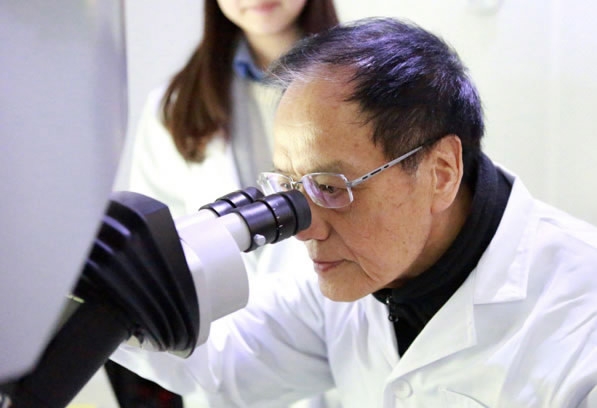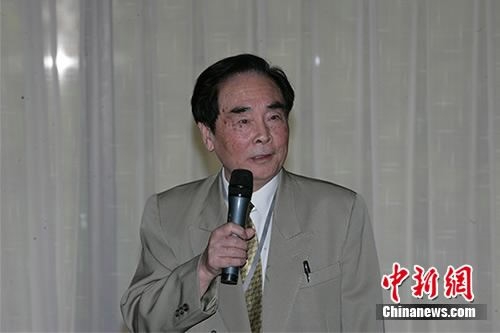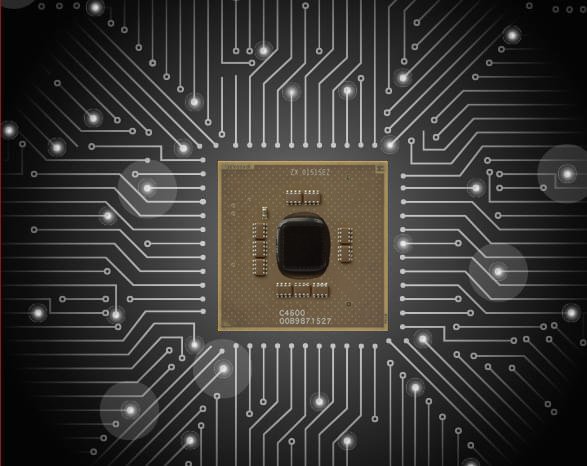(cont)
That spring and summer, a highly classified report on Japanese technical development circulated through China’s Communist Party and military leadership. Contending interest groups in the military industrial complex were sharply divided over whether to invest in conventional weapons and building block technologies or else in strategic weapons and breakthrough technologies closer to the cutting edge.
The report presented decision makers with the harsh reality of growing Japanese capability and persistent Chinese backwardness. It also noted that Japan was on the verge of launching a major new effort to upgrade its technical strengths, including through greater attention to the connection between cutting edge technology and its national defense.
And the report tipped the scales in the debate, with Mao himself weighing in decisively to favor an effort to close the distance with Japan.
Fast forward to the reform era, which began in 1978. Many of these ideas found new life but outside the military sphere. Beijing launched an array of critical technology programs, such as the “863 Plan,” named for the year (1986) and month (March, or “3”) of its inception, a program
. Initially, this plan targeted the high technology frontier in seven fields, such as robotics and automation, but civilian scientists and bureaucrats led five of the seven planning groups and the weapons agency just two. Clearly, a strategic approach to technology and benchmarking had spread from the world of weapons to the Chinese industrial and science systems writ large.
Among other things, this longstanding worldview includes three components:
- technology as a source of national power,
- competition with foreigners, and
- the need for indigenous Chinese capability.
These, in turn, have shaped approaches and decisions on everything from industrial investments to big science projects.
Consider this story, which the late paramount leader, Deng Xiaoping, used to tell about why China first invested in an indigenous particle collider:
A European friend, a scientist, asked me, “Your economy is still underdeveloped, how can you propose to undertake such a thing?” I told him, “We look at this from the standpoint of long-range development issues and national interests. It isn’t a matter about which we can afford to be shortsighted … If China hadn’t had the atomic and hydrogen bombs, if we hadn’t launched satellites, it couldn’t be said that China is an influential great power … China cannot afford to fall behind, cannot afford
not to be engaged in spite of the fact that we are poor—because if you aren’t engaged, if you don’t develop in these areas, the gap will only become greater and it will become extremely difficult to catch up.
And here’s a story from 1999 involving then-Premier Zhu Rongji. Visiting Jilin, a northeastern province, Zhu heard complaints that American seed research was making China’s own efforts uncompetitive. On the spot, Zhu authorized 500 million yuan (about $75 million), saying the money should be used “to start transgenic plant work.”
Why rehash this history?
For one thing, we need to understand that many current Chinese policies actually have pretty deep roots. It’s true, for instance, that much has changed in China’s technology-related sectors and industries. A generation has now been educated and nurtured outside the country, including in the innovation culture of Silicon Valley startups. So state-backed industrial policies, top down projects, and strategic schemes aren’t the whole story of China’s technology and industrial development. And yet they
are a pretty consistent theme.
Such approaches have persisted and cohered across seven decades amid very diverse conditions—when China emphasized military technology and when it emphasized civilian technology; when it was poor and as it has become richer; when it was pennywise and when its coffers have been more flush; and it’s shaped policy under five top leaders (Mao, Deng, Jiang, Hu, and Xi).
In short, we should expect these “strategic” approaches to remain a persistent feature of the Chinese policy landscape—and a focal point for the Chinese Communist Party and state.
Here’s another conclusion: Chinese government, industry, and scientific leaders will continue to push to move up the value-added chain. And in some of the sectors where they are doing so, such as ultra high-voltage power lines (UHV) and civil nuclear reactors, China is already a global leader, deploying these technologies to scale and unmatched in this by few other markets.
That means it should be able to couple its status as a leading technology
consumerto a new and growing role as an
exporter. China’s sheer market power could enable it to export some of its indigenous technology and engineering standards in an effort to become the default
global standard setter for this or that technology and system. In another recent post, I offered the example of UHVs, where China
of the global standard-setting body.
In any sector that is “strategic” or sits atop the commanding heights of the economy, meanwhile, Beijing seems determined to
indigenize rather than rely solely on technology transfers.
Former premier Wen Jiabao famously argued that because China came late to the industrial and information revolutions, it should not miss out on the energy technology revolution. This attitude will affect sectors like aircraft and electric vehicles. China may buy Boeing and Airbus planes now but its manufacturers aim to compete with both firms globally over time—although whether these Chinese firms succeed is another story.
And then there’s intensifying trade conflict: with such deep technonational roots, it’s going to be one heck of a slog, in my view, to persuade China to abandon its use of many of these industrial policy instruments. The game is certainly worth the candle for foreign firms because much is on the line. And I fully expect the Trump Administration and European governments to push China hard. They are right to do so. But China will fight hard to cling to its own national champions and domestic companies, not just in government procurement but also in other contexts, such as the Belt and Road infrastructure initiative.
But there are some big caveats on China’s efforts too: we’ve learned from other countries’ experience that industrial policies can be awfully self-limiting. Just look at Japan, which has been an
and, like Germany and China, has promulgated its own “
.” Japanese firms have such enormous technological prowess, yet Chinese and other foreign firms are increasingly challenging Japan, its firms, its laboratories, and its once unique brand.
And China is at an earlier stage in many of these sectors. It is sure, then, to continue experiencing many problems with top down, “planned” innovation—from misaligned incentives to improper risk assessment.
Here’s the more hopeful scenario: even as it assaults the technology frontier, Chinese firms are integrating into global supply and production chains. Some,
, argue that this could ultimately change Chinese corporate behavior. And in any case, it has certainly led to some unconventional opportunities for partnership, such as between Chinese and foreign firms in the pursuit of alternative energy vehicles.
At the end of the day, though, many US and multinational firms will face very tough choices. Some may seek to protect intellectual property by investing their Chinese partners in the process—for instance through co-innovation, co-development, or the joint licensing of intellectual property with a Chinese entity. Others may choose to separate China-based production and basic design from more complex and essential design, which they will retain in their home markets or elsewhere outside China.
But many firms will just be stuck. So they may have to meet the challenge in two ways: by moving up the value chain even faster than a China that is very, very determined to assault it, and by leveraging their governments to try leveling the playing field with a China that is actively shaping it to the advantage of its national champions and domestic firms.
This isn’t going to be any old trade negotiation. It touches some of the deepest roots of the Chinese state and system. Non-Chinese firms everywhere need to understand where the Party and state are coming from—and will need to up their game. Without overstating the argument, it’s worth noting that technonational ideas are deeply embedded in the Party and state.






